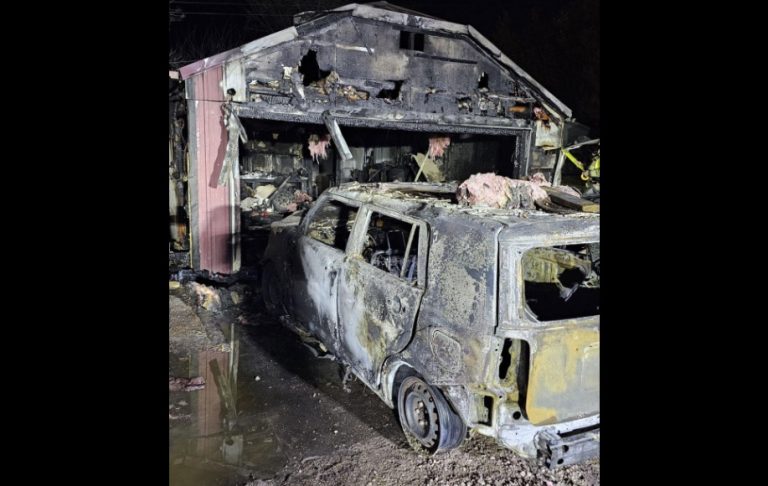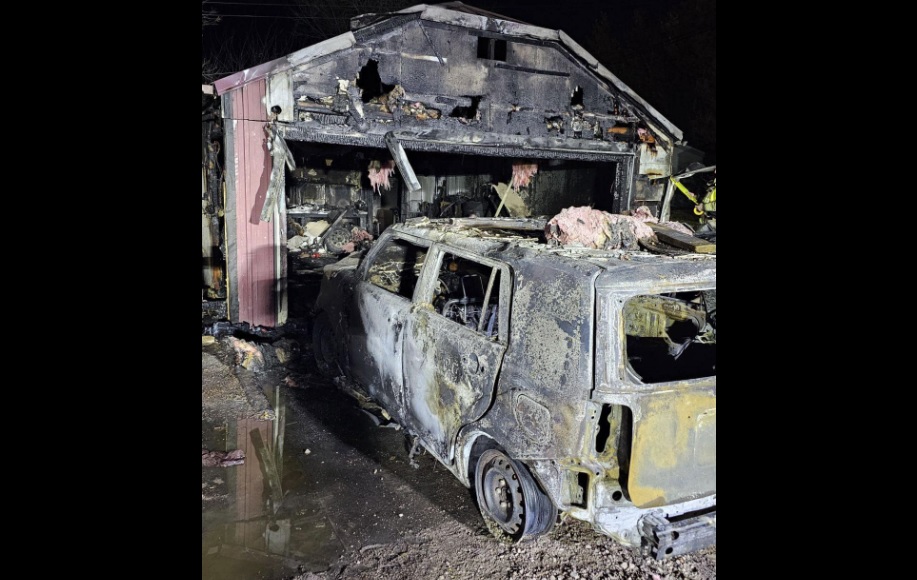STURGIS, S.D. – There are some bright spots in beefing up local news coverage, but a new report says in South Dakota and elsewhere, there are still big concerns about people not having enough access to key information about their communities.
In the 2023 State of Local News summary, issued through Northwestern University, the authors said local outlets continue to close at alarming rates. Residents in more than half of U.S. counties have no, or very limited, reliable local news sources, including broadcast, print, and digital.
〉 “AM For Every Vehicle Act” Keeps AM In New Vehicles
Penelope Muse Abernathy, visiting professor in the Medill School of Journalism at Northwestern University, said it appears the U.S. is becoming a nation of “haves” and “have-nots” when it comes to local news.
“Most of the people who have a wealth of access to local journalism tend to live in our larger metro areas,” Abernathy pointed out. “The journalism ‘have-nots,’ they tend to be more in the rural areas.”
The report shows South Dakota has six counties without a news source, and 37 counties with only one.
KBHB 810AM & 105.5FM, is located in Sturgis, S.D. News & Program Director Gary Matthews says attention and commitment to local programming – while serving a five-state and world-wide listening audience – has been key to the Big 81’s continued longevity and growth. That, and the continued support of listeners and advertisers. He also credits the use of a loosely-formed cooperative broadcast news group in the state that shares its stories, helping to keep the news pipeline full. In addition, KBHB’s news, marketing and entertainment format has embraced digital platforms that are expanding its audience while making it an increasingly cost-effective choice for folks wanting to do business.
Philanthropic ventures are surfacing to close some of these gaps around the country. Regionally, nonprofit efforts like the South Dakota News Watch and South Dakota Searchlight have launched in recent years to ensure coverage of government-related functions. But the experts cautioned long-term fundraising can be a challenge for these ventures, especially at the local level.
The latest report also ties in so-called “news deserts” with poverty rates. In those areas, 17% of residents live in poverty, a rate higher than the national average. Abernathy argued the lack of information can block underserved populations from learning about beneficial programs and services.
“This is a real issue about how you get information to people who desperately need the information that newspapers have historically provided,” Abernathy stressed. “That helps them craft decisions to work toward a better quality of life.”
Beyond philanthropic support to prop up local news outlets, the report noted there is a bill in Congress to incentivize hiring correspondents, and for small businesses to advertise with those news organizations. The authors acknowledged the proposal likely will not advance in the current political environment, but could serve as a roadmap for state-level solutions.












